Healing a chronic wound needs removing the sloughing and necrotic tissue and controlling the infection at the injury site. The routine debridement gels are usually water-reserving, simple hydrogels that moisturize the wound surface and help remove the necrotic tissues. TEBASEPT Gel X Plus, on the other hand, is an amorphic, transparent hydrogel infused with the most advanced scientific discoveries in the area, making it able to improve the autolytic debridement process.
TEBASEPT Gel X Plus contains various active ingredients that remove the dead tissues, decompose the biofilms, and quickly debride the residuals of different microorganisms, accelerating the sloughing/necrotic tissue removal. This smart hydrogel has an in-built 3D scaffolding infused with strong antimicrobial biopolymers like poly-Hexanide and an amphoteric surfactant. This structure makes for a slow release of antimicrobial agents, hydrating the sloughed tissue and significantly lowering the microbial load. The TEBASEPT Gel X Plus's unique active ingredients also relieve pain and the ill smell of the wound.
Debriding Gel
A debriding gel is for hydrating the bed of dry wounds. The distinctive polymeric structure of these debriding gels will entrap water molecules and can lower the bed temperature by 5 degrees. These debriding gels can hydrate dry-bed wounds, soften the bacterial biofilm formations, and unfasten the sloughing/necrotic tissues, helping to remove them from the site.
These advanced hydrogels, infused with hydroxyethyl cellulose biopolymers, can absorb low to moderate amounts of wound discharge. Also, debriding gels help cool down and relieve pain and inflammation at donor sites and radiation-burning wounds.
TEBASEPT Gel X PLUS PHMB components:
Poly-Hexanide (PHMB):
The Poly-Hexanide polymer used in this product is quite similar to natural antimicrobial peptides of the body. This agent can inhibit bacterial growth and affect fungi and viruses as well. It provides:
- Wide-range effect
- Safety
- Lower toxicity compared to other antimicrobial agents
- No reported resistance
Staphylococcus aureus and Methicillin-resistant Staphylococcus aureus (MRSA) are two common bacteria on the skin surface. TEBASEPT Gel X PLUS strikingly diminishes the growth rate of these bacteria. TEBASEPT Gel X PLUS has a biocompatibility index of 1.45, demonstrating its strong antiseptic and bactericidal capabilities. The low toxicity of Poly-Hexanide is determined using the same biocompatibility index.
The two factors of relative cytotoxicity and bactericidal effect determine the biocompatibility index of antiseptic products. The over 50% concentration of PHMB agent can further decrease the microbial load and affect multi-drug resistant microorganisms such as methicillin-resistant Staphylococcus aureus and vancomycin-resistant Enterococcus.
TEBASEPT Gel X Plus has a high concentration of poly-Hexanide in its formulation, making it able to affect both gram-positive and negative bacteria. Poly-Hexanide is a cationic polymer that attacks the negatively charged cell wall, disturbs its integrity, and kills the microorganism. The bactericidal effect of this advanced hydrogel is rapid and efficient and leaves no microorganism spared. Hence, it prevents microbial resistance emergence.
Amphoteric surfactant:
Amphoteric surfactant is another powerful agent inside the formulation of this advanced debriding hydrogel. This surfactant removes bacterial biofilms from the wound surface and accelerates wound recovery by 97%. The careful concentration of this surfactant in TEBASEPT Gel X Plus significantly decreases the surface tension between the pathogenic microorganisms, preventing biofilm formation. While TEBASEPT Gel X Plus is applied, washing the wound will cause the microbial particles to get scattered and removed easily, improving the wound healing process.
Hydroxyethyl cellulose:
Hydroxyethyl cellulose is another active ingredient of this hydrogel that is a derivative of Cellulose. The studies show that this biopolymer can amplify the healing process by inducing growth factors such as Fibroblast-derived growth factor, Phosphodiesterase, and Epidermal-derived growth factor.
The growth factor will then cause fibroblast migration and proliferation in the dermal layer of the skin and inhibit bacterial growth at the site. Hydroxyethyl cellulose will improve the debriding process by increasing the viscosity of PHMB and the surfactant. It also enhances gel permanence, preventing recurring infections.
Advanced debriding hydrogel benefits:
- Swift debridement
- Destruction of bacterial biofilms
- Minimizing the microbial load in the first hours after application
- Providing the optimal humidity for autolytic debridement
Proper viscosity and concentration; so the gel remain on the site and do not flow off the wound
No attachment to underlying tissue
Relieving the foul smell
Removing common microorganisms in the wound bed like MRSA and VRE
TEBASEPT Gel X Plus indications:
- Wounds containing slough/necrotic tissues
- Dry wounds or with minimal discharge
- Grade 3 burns
- Diabetic foot ulcer
- Pressure ulcer
- Venus ulcers
- necrotic wounds
Changing time:
- Based on the wound discharge, every 1-3 days.
How to use:
- Wash the wound properly with TEBASEPT Spray.
- Apply TEBASEPT Gel X Plus and a secondary bandage on the wound.
- Before changing the bandage, wash the wound surface with TEBASEPT Spray.
- Use TEBASEPT Gel X Plus after the debridement phase for cleansing, accelerating wound recovery, and reducing the scar tissue.
TEBASEPT Gel X Plus Contraindications:
- Applying around the Bone or cartilage
- In granulated wounds.

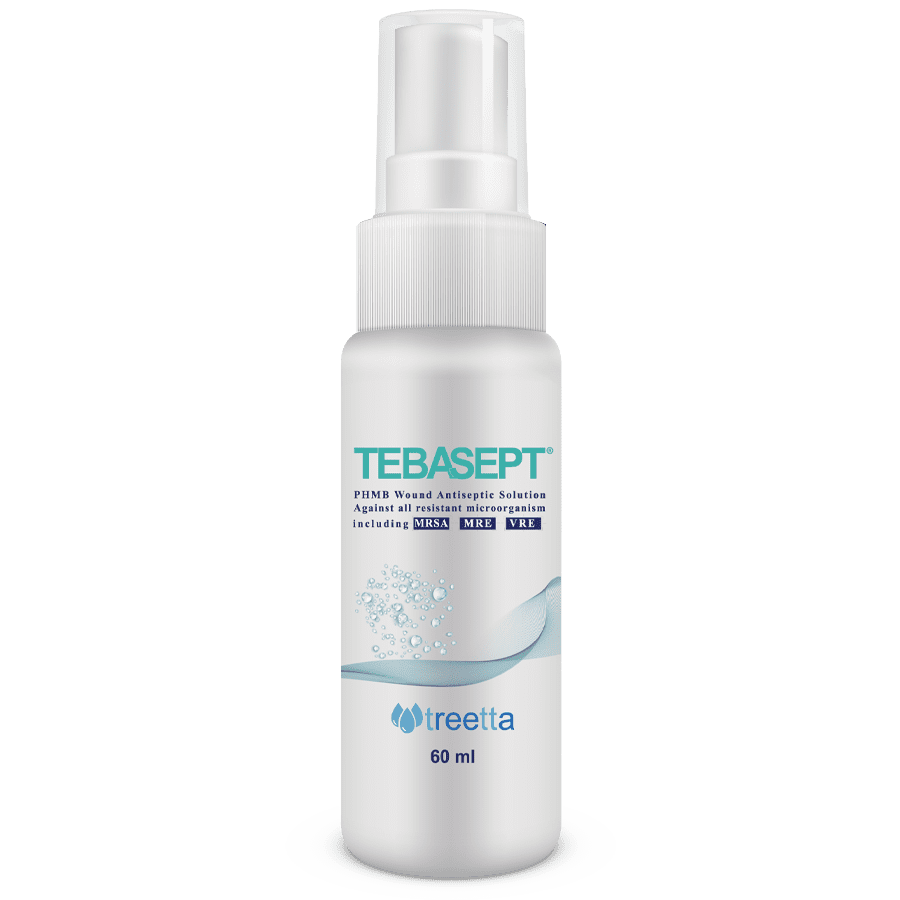
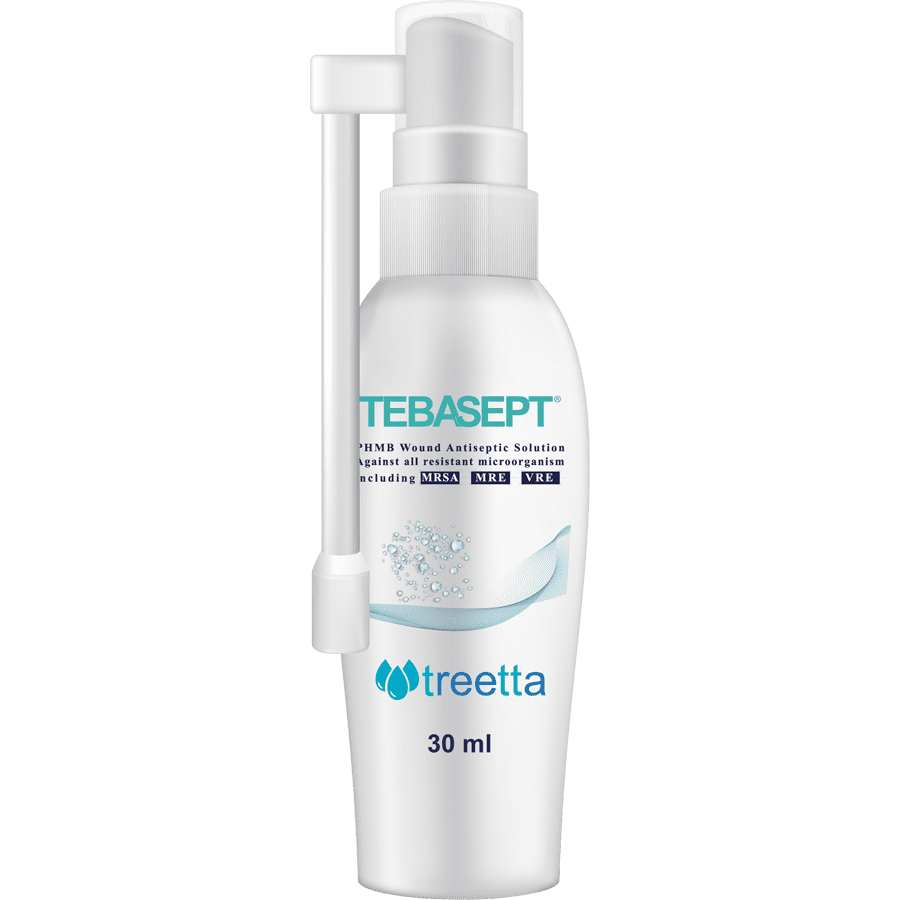
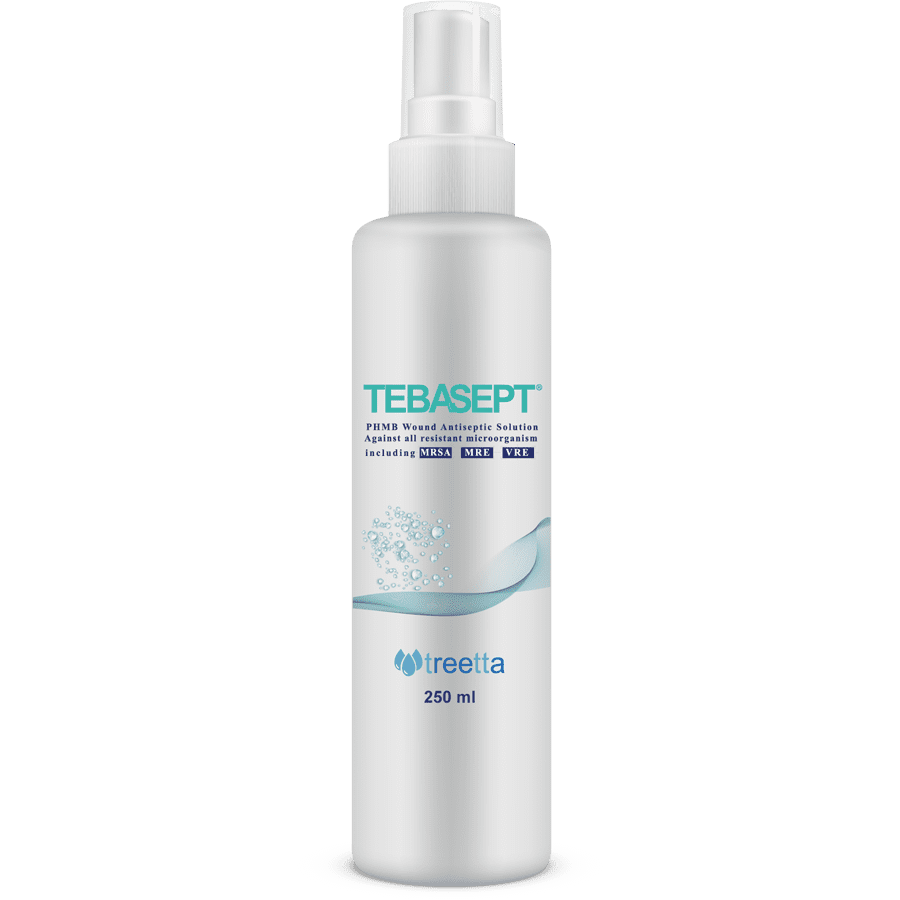
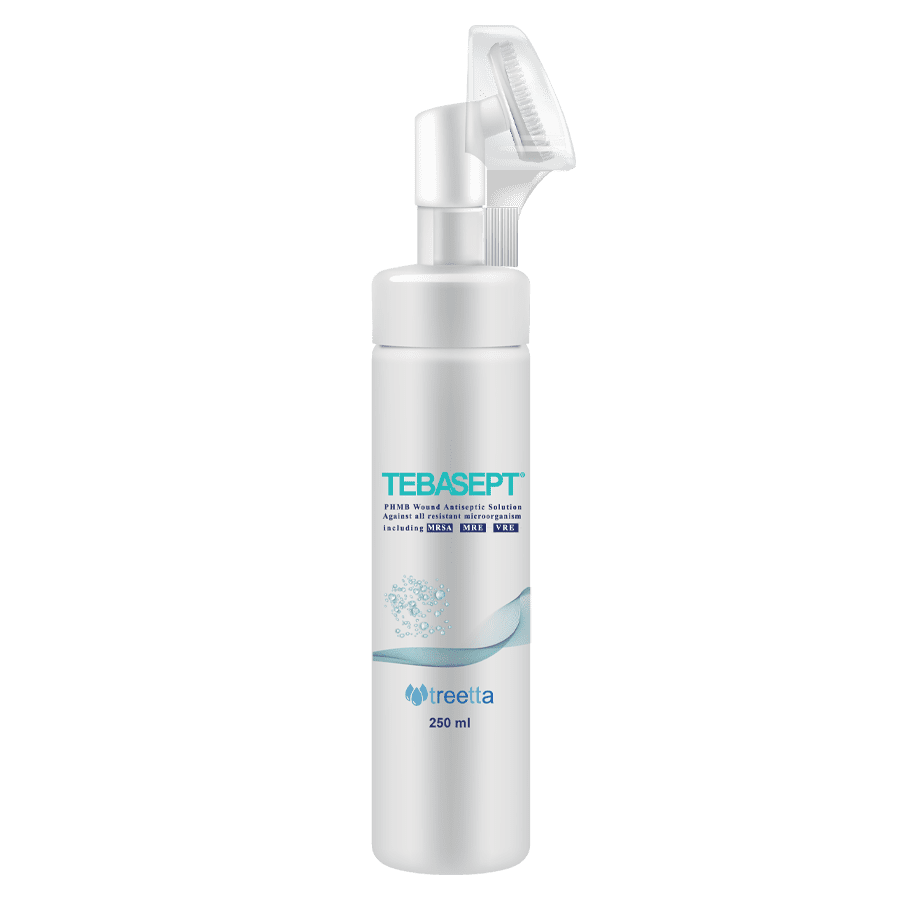
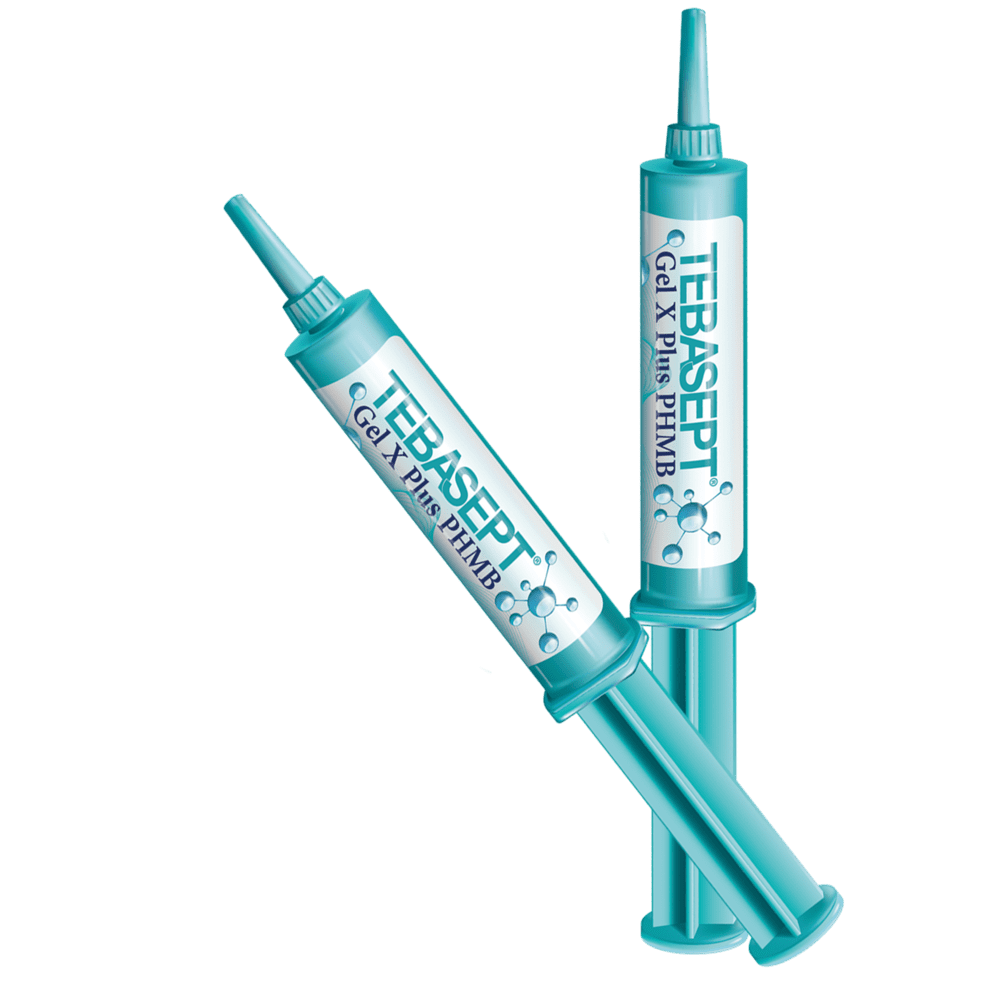
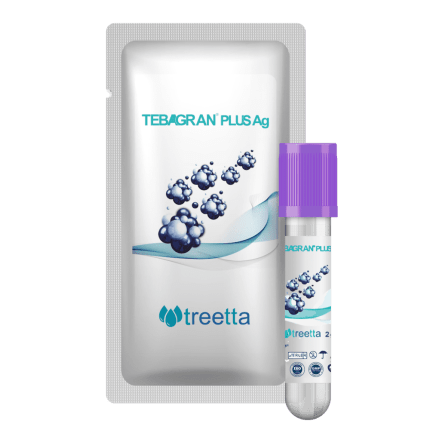
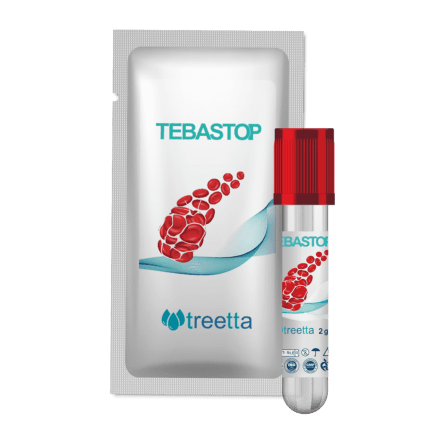
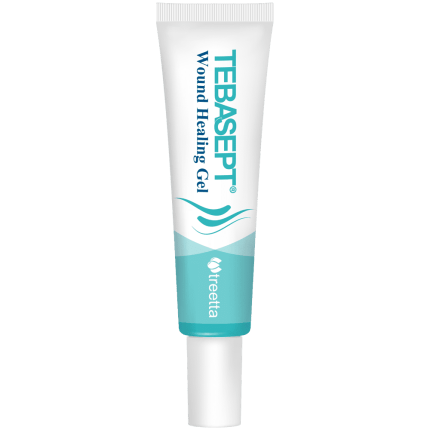
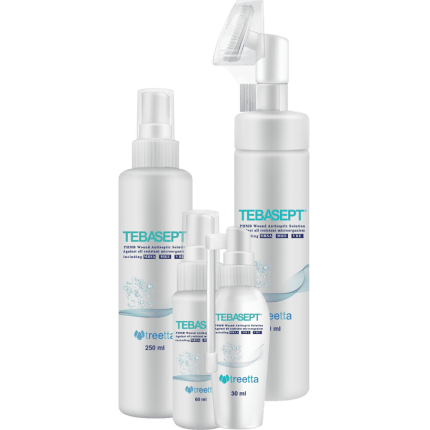
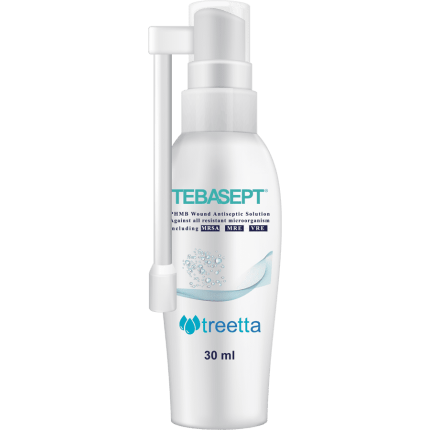
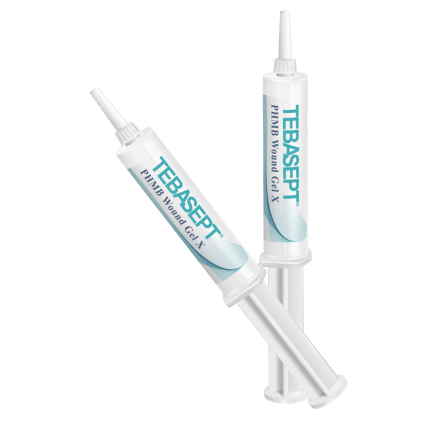
Reviews
There are no reviews yet.